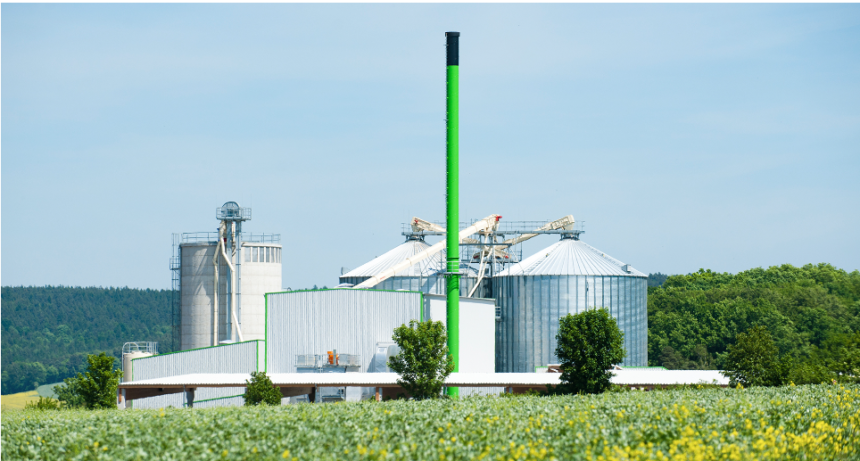Pelletierung is an innovative process that has gained significant popularity across various industries, especially in manufacturing, agriculture, and energy production. Whether you’re new to the concept or looking to expand your knowledge, this comprehensive guide will take you through all the essential information you need to know about pelletierung.
What is Pelletierung?
Pelletierung, commonly referred to as pelletization, is a process that transforms raw materials into small, compact pellets. This process involves compressing or molding materials into a desired shape and size, often for ease of handling, transportation, or further processing. The materials used in this process can vary significantly, from wood and biomass to animal feed and fertilizers.
Why is Pelletierung Important?
The pelletization process is crucial because it offers several advantages over using raw materials in their loose form. Some key benefits include:
- Improved Efficiency: Pellets are more efficient to handle, transport, and store.
- Reduced Waste: Pelletization helps minimize material waste by compacting it.
- Consistent Quality: The uniform size and shape of pellets ensure consistent quality in applications.
- Ease of Use: Pellets are easier to handle, measure, and distribute in various industries.
The Pelletization Process: Step-by-Step
The pelletization process generally involves the following steps:
1. Material Preparation
Before the pelletization process begins, raw materials need to be prepared. This step typically involves drying, grinding, or shredding the materials to ensure they are of the right size and moisture content. The preparation step is crucial for ensuring that the final pellets are of high quality.
2. Conditioning
Once the raw materials are prepared, they undergo a conditioning process. During this stage, the materials are mixed with steam, water, or other binding agents to improve their binding properties. Conditioning also helps to enhance the durability and strength of the pellets.
3. Pellet Formation
In this stage, the conditioned materials are fed into a pellet mill, where they are compressed and molded into the desired shape. The pressure and temperature in the mill cause the materials to bond together, forming small, uniform pellets.
4. Cooling
After pellet formation, the pellets are often hot and need to be cooled before they can be handled or transported. Cooling is necessary to prevent the pellets from sticking together and to maintain their structural integrity.
5. Screening and Packaging
Once the pellets have cooled, they are screened to remove any broken or imperfect pieces. The final step is packaging, where the pellets are stored in bags, bins, or bulk containers, ready for use or distribution.
Applications of Pelletierung
Pelletierung has a wide range of applications in different industries. Some of the most common uses include:
1. Biomass Energy
In the energy sector, pelletized biomass such as wood, agricultural waste, and other organic materials are used as an eco-friendly alternative to fossil fuels. Biomass pellets are burned in stoves or boilers to generate heat or electricity.
2. Animal Feed
Pelletized animal feed is another major application. The pelletization process makes it easier to store, transport, and distribute feed to livestock. The uniform size of pellets ensures consistent nutrition delivery to animals.
3. Fertilizers
In agriculture, fertilizers are often pelletized for ease of application. Pelletized fertilizers reduce dust and improve the efficiency of nutrient absorption by plants, making the farming process more effective.
4. Industrial Applications
Pellets are also used in various industrial applications. For example, in the steel industry, pelletized iron ore is used in blast furnaces. In the pharmaceutical industry, pelletization helps create uniform-sized pills for medication.
Types of Pellet Mills
Pellet mills come in various types, depending on the specific material and scale of production. Below are the two main types:
1. Flat Die Pellet Mill
This type of pellet mill is commonly used for small-scale production. It consists of a flat die and rollers that compress the material through holes in the die, forming pellets. Flat die mills are ideal for making small batches of animal feed or biomass pellets.
2. Ring Die Pellet Mill
Ring die mills are used for large-scale production, often in industrial applications. These mills have a cylindrical die with rollers that press the material into pellets. Ring die mills are more efficient and durable than flat die mills, making them suitable for high-capacity production.
Factors That Affect Pellet Quality
Several factors influence the quality of pellets produced during the pelletization process. Understanding these factors is essential for achieving optimal results.
1. Material Composition
The composition of the raw materials plays a critical role in determining the quality of the pellets. Materials with high lignin content, such as wood, tend to produce stronger pellets, while those with lower lignin content may require additional binding agents.
2. Moisture Content
The moisture content of the raw material is another crucial factor. If the material is too wet, it can lead to poor pellet formation, while excessively dry materials may cause the pellets to crack. The ideal moisture content for most materials is between 10-15%.
3. Pellet Mill Settings
The settings of the pellet mill, such as pressure, temperature, and die size, also affect pellet quality. Adjusting these settings to suit the material being used is important for producing high-quality pellets.
4. Additives
In some cases, additives such as binders, lubricants, or anti-dust agents may be added to improve pellet durability, reduce dust, or enhance the overall performance of the pellets.
Advantages of Pelletierung
Pelletierung offers numerous advantages, which have contributed to its widespread use across various industries:
- Increased Efficiency: Pelletized materials are easier to transport and store, leading to improved operational efficiency.
- Cost-Effective: By reducing waste and optimizing material use, pelletization can help lower production costs.
- Sustainable: Pelletizing biomass and other organic materials provide an environmentally friendly alternative to traditional fuels.
- Consistent Quality: Pellets offer consistent size, shape, and performance, making them ideal for use in automated systems.
Challenges of Pelletierung
While pelletization offers many benefits, it is not without its challenges. Some of the common issues faced during the pelletization process include:
- High Energy Consumption: The pelletization process requires a significant amount of energy, particularly during the compression and cooling stages.
- Maintenance: Pellet mills can experience wear and tear, especially when processing hard materials. Regular maintenance is required to ensure optimal performance.
- Moisture Control: Maintaining the right moisture content can be challenging, as different materials require different moisture levels for optimal pellet formation.
How to Optimize the Pelletierung Process?
To get the best results from the pelletization process, it’s essential to optimize each stage. Here are a few tips to improve pellet quality and efficiency:
- Ensure Proper Material Preparation: Use a grinder or shredder to break down raw materials into uniform sizes.
- Monitor Moisture Levels: Regularly check the moisture content of materials and adjust it to the optimal range before pelletizing.
- Adjust Mill Settings: Experiment with different pressure, temperature, and die sizes to achieve the best pellet quality.
- Use Additives Wisely: Only add binders or lubricants when necessary, as overuse can affect pellet performance.
Conclusion
Pelletierung is a versatile and efficient process that plays a crucial role in various industries, from biomass energy to animal feed and fertilizers. By understanding the pelletization process, its applications, and the factors that affect pellet quality, you can optimize production and enjoy the many benefits that pellets offer. Whether you’re looking to improve your production efficiency, reduce costs, or explore sustainable energy solutions, pelletization provides a reliable solution.
With the increasing demand for efficient, sustainable, and high-quality materials, the importance of pelletization is likely to grow in the coming years, making it an essential process in numerous industries.







